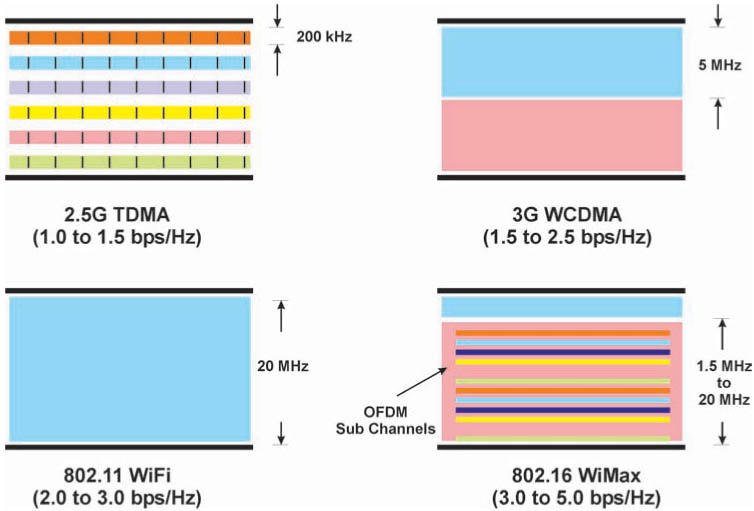A base station is a radio access transceiver (combined transmitter and receiver) that is used to connect subscriber stations to a WiMAX system. Base stations convert and control the sending of data packets and can connect one or many wireless devices to a backbone network.
Base stations can perform one or many types of data transfer functions including bridging (linking networks), retransmitting (repeating), distributing (hubs), directing packets (switching or routing) or to adapt formats for other types of networks (gateways).
Indoor Base Stations
Indoor base stations are devices or assemblies that enable systems or system connections to receive and convert radio or communication signals that are enclosed and/or have connections that allow them to be used in indoor environments.
Outdoor Base Stations
Outdoor base stations are devices or assemblies that enable systems or system connections to receive and convert radio or communication signals that are enclosed and/or have connections that allow them to be used in outdoor environments.
Packet Switches
A packet switch is a device in a data transmission network that receives and forwards packets of data. The packet switch receives the packet of data, reads its address, searches in its database for its forwarding address, and sends the packet toward its next destination.
Packet switching is different than circuit switching because circuit switching makes continuous path connections based on a signal’s time of arrival (TDM) port of arrival (cross-connect) or frequency of arrival. In a packet switch, each transmission is packetized and individually addressed, much like a letter in the mail. At each post office along the way to the destination, the address is inspected and the letter forwarded to the next closest post office facility. A packet switch works much the same way.
Operational Support System (OSS)
Operations support systems are combinations of equipment and software that are used to allow a network operator to perform the administrative portions of the business. These functions include customer care, inventory management and billing. Originally, OSS referred to the systems that only supported the operation of the network. Recent definition includes all systems required to support the communications company including network systems, billing, and customer care.

















